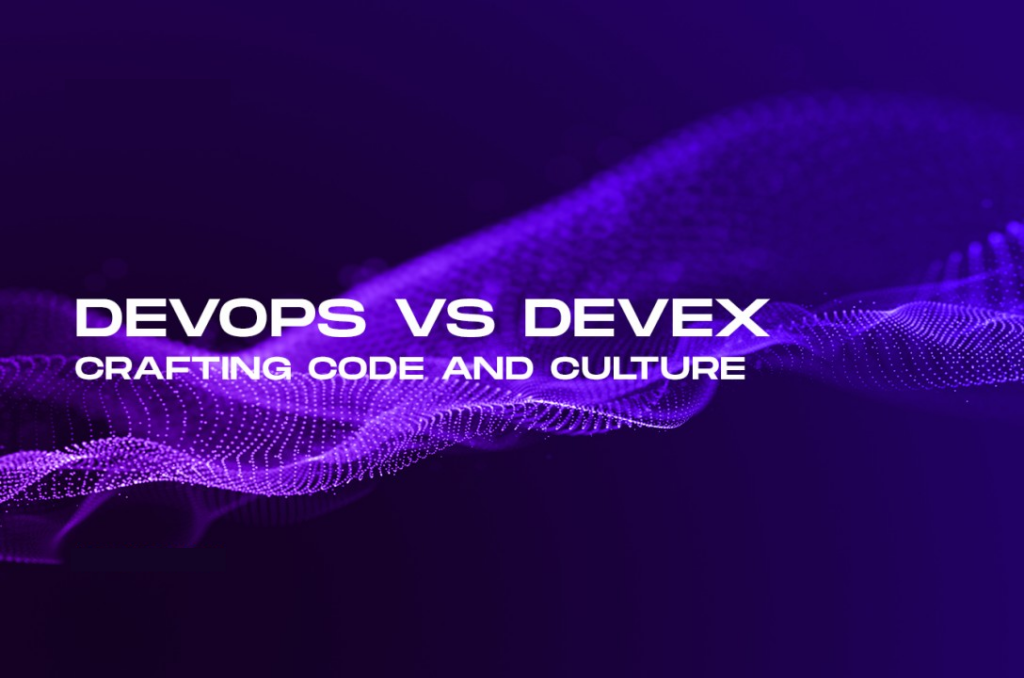From DevOps to DevXP: Elevating the Developer Experience

The shift from DevOps to Developer Experience (DevXP) represents a significant evolution in the tech industry, focusing on enhancing the overall satisfaction, productivity, and well-being of developers. While DevOps aimed at streamlining collaboration between development and operations, DevXP takes a more holistic approach, encompassing every aspect of a developer’s journey—from onboarding to daily workflows and career progression. This shift is crucial in today’s fast-paced tech landscape, where attracting and retaining top talent is paramount.
The Importance of Developer Experience
The concept of Developer Experience extends beyond tools and processes. It encompasses every aspect of a developer’s journey, from onboarding to daily workflow and career growth. By improving DevXP, companies can achieve:
- Higher Productivity: Developers spend less time troubleshooting and more time creating.
- Greater Job Satisfaction: A positive work environment leads to happier, more engaged employees.
- Enhanced Collaboration: Better tools and processes improve teamwork and communication.
Key Elements of DevXP
To effectively enhance Developer Experience, organizations should focus on several key elements. Tooling and automation are fundamental; providing developers with modern tools and implementing CI/CD pipelines to automate repetitive tasks can significantly improve efficiency. The workspace environment also plays a critical role; investing in ergonomic furniture and offering remote work options cater to developers’ diverse needs. Continuous learning and growth opportunities, such as courses, workshops, and clear career pathways, are essential for motivation and retention. Moreover, fostering an inclusive culture and encouraging participation in developer communities build a sense of belonging and value among team members.
Implementing DevXP Initiatives
Transitioning to a DevXP-focused approach requires strategic planning and commitment. Here are steps to get started:
1. Assessment and Feedback
- Surveys and Interviews: Conduct regular surveys and one-on-one interviews to understand developers’ pain points and needs.
- Feedback Loops: Establish continuous feedback mechanisms to iterate and improve DevXP initiatives.
2. Resource Allocation
- Budget for Tools: Allocate sufficient budget for acquiring and maintaining top-tier development tools.
- Training Programs: Invest in training programs to keep the team’s skills up-to-date.
3. Leadership and Advocacy
- Leadership Buy-In: Ensure that leadership understands the value of DevXP and advocates for necessary changes.
- DevXP Champions: Appoint DevXP champions within the team to lead and promote initiatives.
4. Measure and Iterate
- Metrics: Track metrics such as deployment frequency, lead time for changes, and developer satisfaction scores.
- Iterative Improvement: Use the data collected to continuously refine and enhance DevXP efforts.
Tooling and Automation
Tooling and automation are at the core of enhancing DevXP. Developers should have access to state-of-the-art tools that simplify coding, testing, and deployment processes. Modern integrated development environments (IDEs), version control systems, and collaboration platforms are essential. Automation, particularly through continuous integration and continuous deployment (CI/CD) pipelines, can drastically reduce the time spent on repetitive tasks, minimize manual errors, and ensure that code changes are quickly and reliably delivered to production. Investing in robust automation frameworks allows developers to focus more on innovative problem-solving rather than mundane operational tasks.
Workspace Environment
Creating a comfortable and productive workspace environment is another critical aspect of DevXP. Ergonomic workstations, including adjustable chairs and desks, can help reduce physical strain and promote better posture. Additionally, offering remote work options and flexible working hours can significantly enhance work-life balance, leading to increased job satisfaction. A well-designed workspace environment, whether physical or virtual, that supports developers’ diverse needs can contribute greatly to their overall well-being and productivity.
Learning and Growth
Continuous learning and growth opportunities are vital for maintaining an engaged and motivated developer workforce. Organizations should support ongoing education through professional development courses, workshops, and conferences. Providing access to online learning platforms and encouraging participation in coding boot camps or advanced degree programs can help developers keep their skills up-to-date. Moreover, creating clear career advancement pathways and offering mentorship programs can inspire developers to pursue long-term growth within the organization, fostering loyalty and reducing turnover.
The transition from DevOps to DevXP is not merely a trend but a necessary evolution to keep pace with the dynamic tech industry. Prioritizing Developer Experience can unlock higher levels of innovation, productivity, and satisfaction among development teams. This shift benefits individual developers and drives the overall success and competitiveness of organizations. Embracing DevXP is crucial for building resilient, motivated, and high-performing development teams, ultimately ensuring long-term success in an increasingly competitive landscape. By focusing on tooling and automation, creating a supportive workspace environment, offering continuous learning and growth opportunities, and fostering a culture of inclusion and community, organizations can significantly enhance the Developer Experience and thrive in the ever-evolving tech ecosystem.